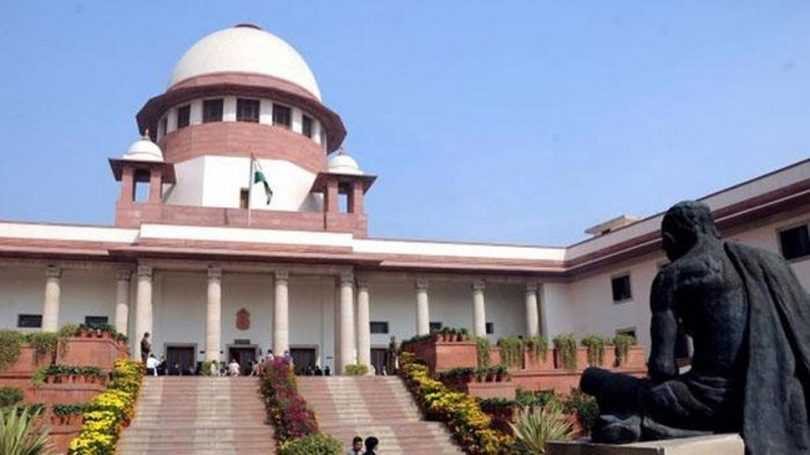Supreme Court Chief Justice Dipak Mishra, who is going to be retired from his post in next month, says that no one can legally commit suicide, but everyone has the right to die with dignity. Addressing a lecture organized on the subject of the Balancing of Constitutional Rights in Pune, the Chief Justice said this. He said that if a person is suffering from a recurring illness and wants euthanasia then he can make his living will for this. He said that every person has his own right to take the last breath and there should not be any pressure on him for this.
Significantly, in March 2018, the Apex Court stamped the demand for euthanasia with several conditions. The Constitutional Bench of 5 judges, including Chief Justice Dipak Mishra, had given this historic decision. In his remarks the court had said that the right to live includes the right to die. Everyone has the right to the constitution of the country. The Supreme Court had passed a decision on the petition demanded by the deceased person to grant the will to the willful (Living Will) for euthanasia.
If a person suffering from the curable disease, has written will in connection with not keeping the device alive, it will be valid. The Supreme Court said that who will follow the will and how will this kind of desire be fulfilled by the medical board for death, in this regard it has already issued guidelines. The Supreme Court further said that the guidelines and instructions issued on his behalf will remain effective till the law becomes in this regard.
The bench of the five judges of the Supreme Court, while announcing the verdict, said that it could be allowed only with some guidelines. ‘Passive Euthanasia’ (Euthanasia) – a form of euthanasia in which medical treatment that will keep a dying patient alive for a time is withdrawn. The bench of five judges, headed by Chief Justice Dipak Mishra, reserved its decision on this petition on October 11 last year.
In the case of Nurse Aruna Shanbagh, a top government hospital in Mumbai, in 2011, the apex court voluntarily recognized the death verdict. The court had given permission to remove such patient’s life-saving equipment in this decision which is not in a position to make informed decisions. The Supreme Court also said in its guidelines that a healthy person could write “Living Will” under the supervision of DM. In the absence of Living Will, relatives of the patients can go to the High Court, but the High Court will also decide the future on the basis of the medical board report.
On January 15, 2016, the Center had said that in the 241st Report of the Law Commission, it was recommended to voluntarily give death sentence with certain safety norms and in this regard treatment of patients with incurable disease (Patients preservation and medical Practitioners) Bill 2006 is also proposed.
What is Living Bill?
Living Will ‘is a written document, in which a patient gives instructions beforehand how he/she should be given treatment if he or she is not able to get into a dead state or get a status quo. ‘Passive euthanasia’ is the situation when it is stopped giving treatment to a person who dies with a desire to increase death. The apex court said that in case of a patient suffering from incurable illness, his closest friends and relatives can also give instructions and execute it. After this th,e medical board will consider this.
active euthanasia, passive euthanasia supreme court judgement, Supreme Court, Passive Euthanasia, euthanasia, Supreme Court judgment
passive euthanasia, living will, Aruna Shanbaug case, Gian Kaur case, vegetative state, Euthanasia in India


Leave a Comment